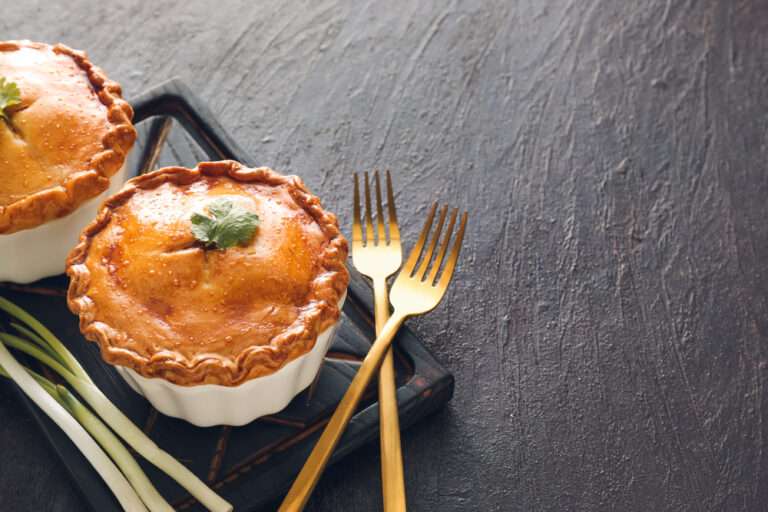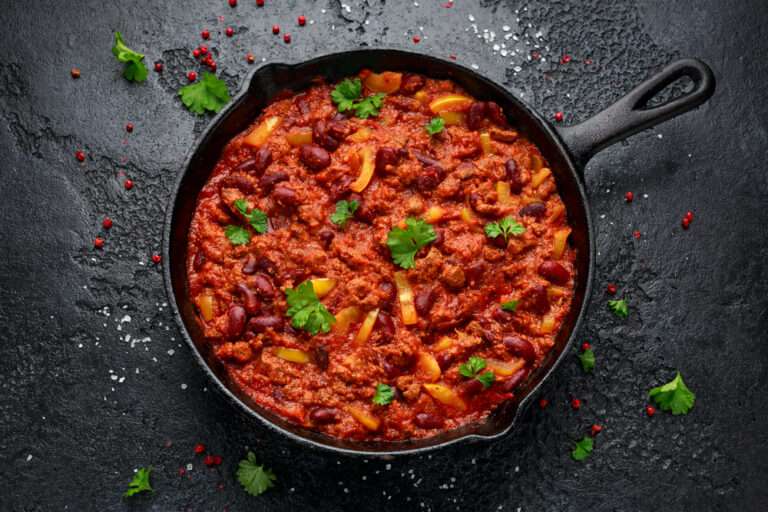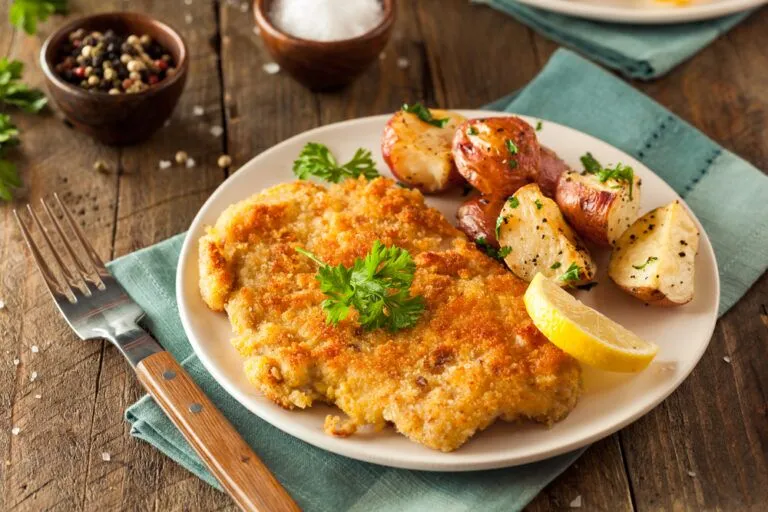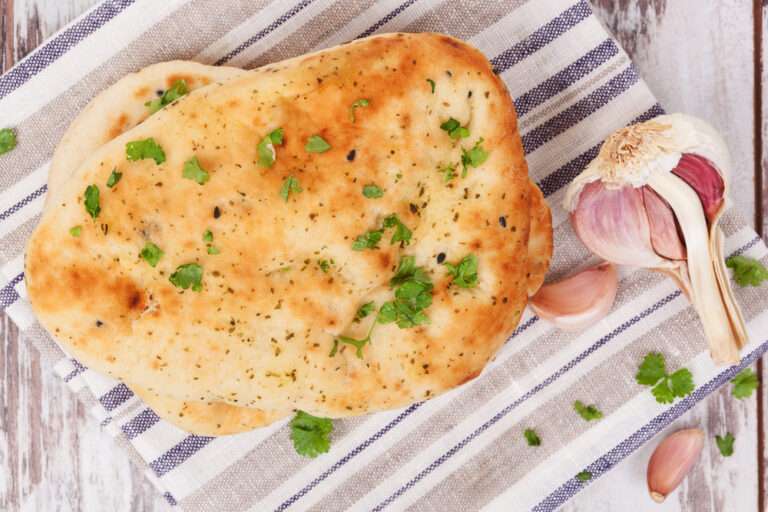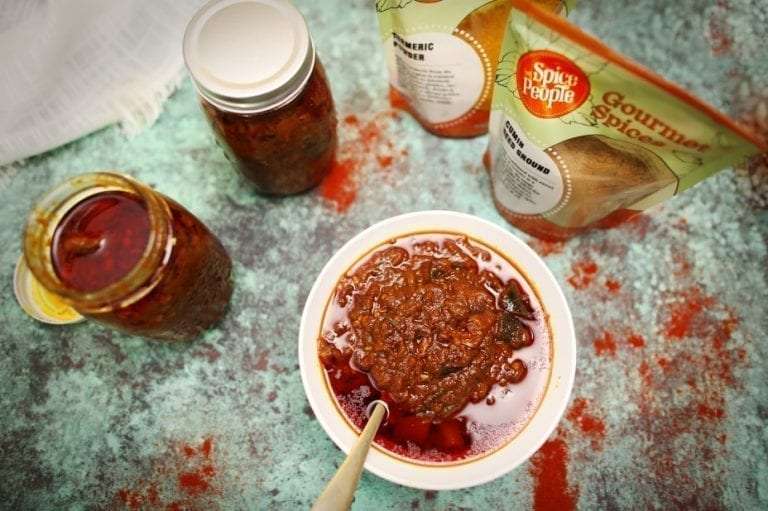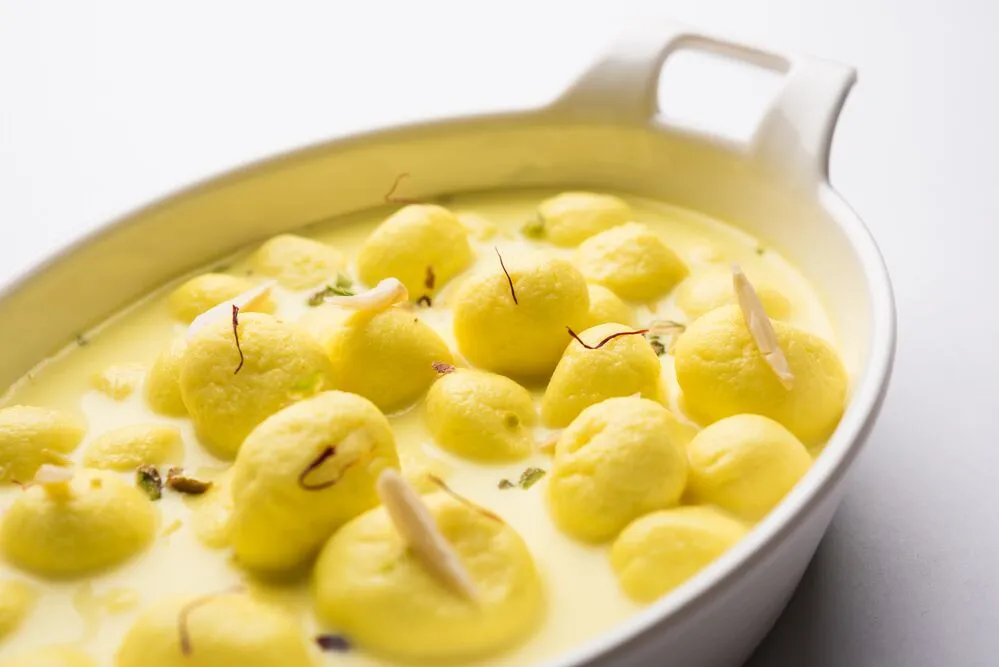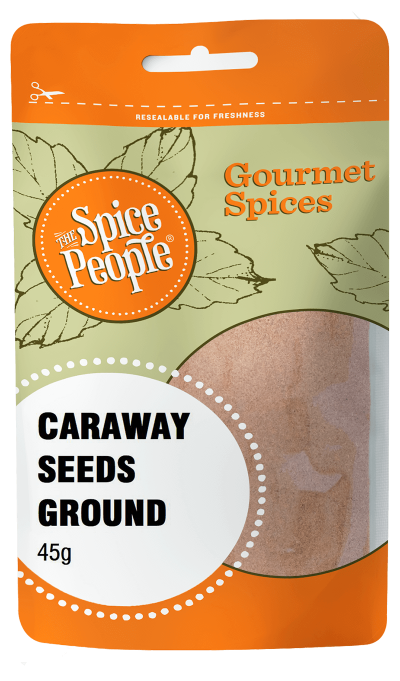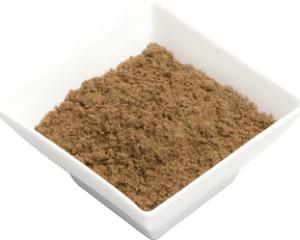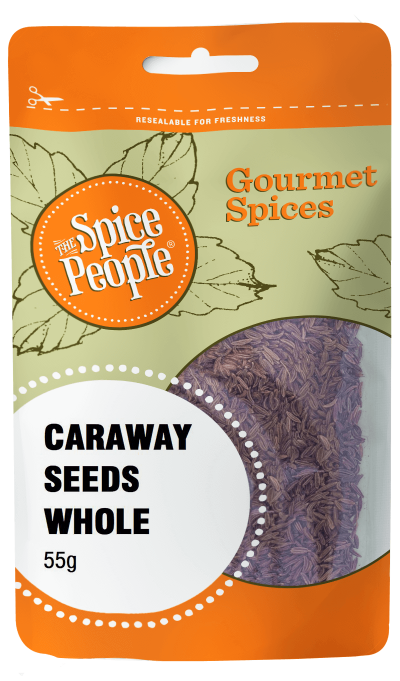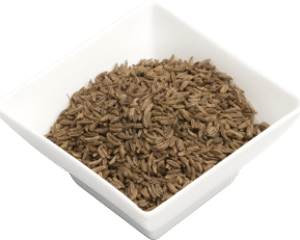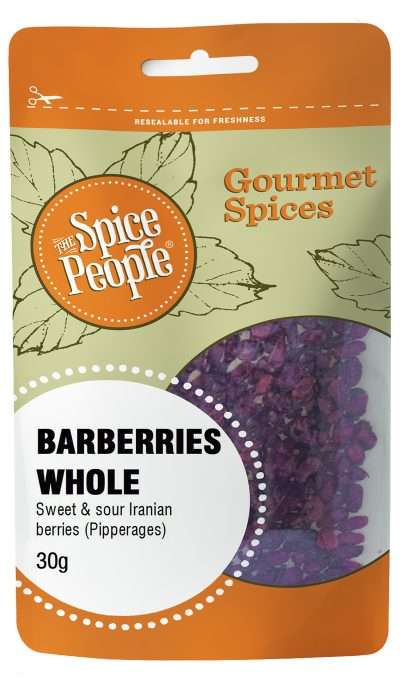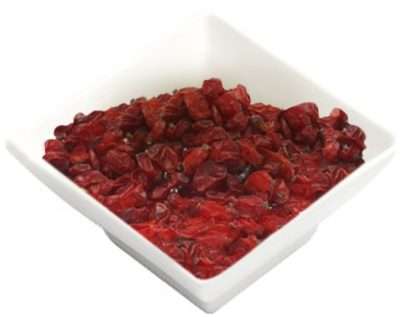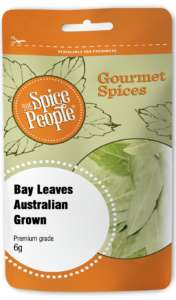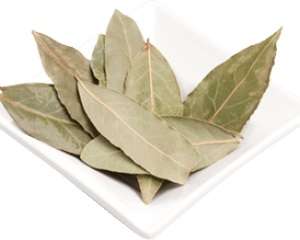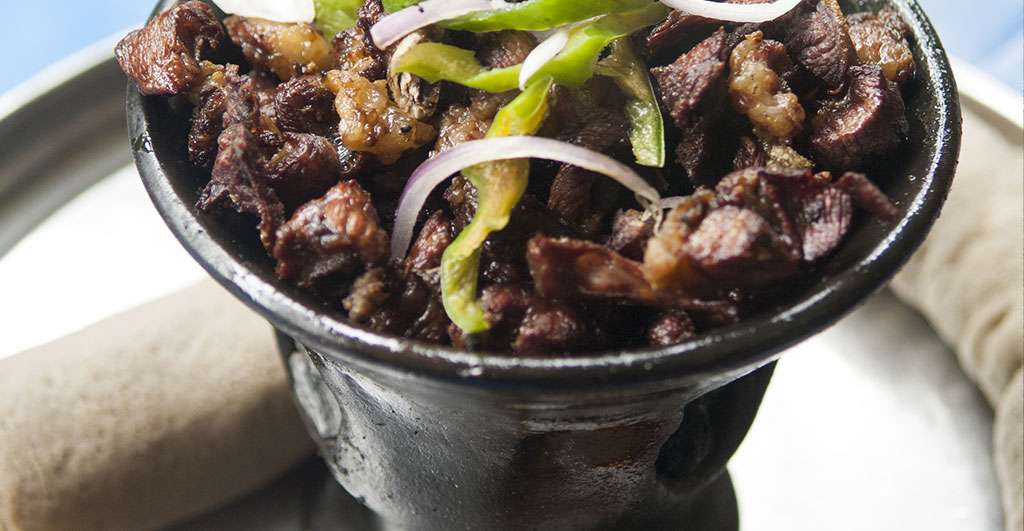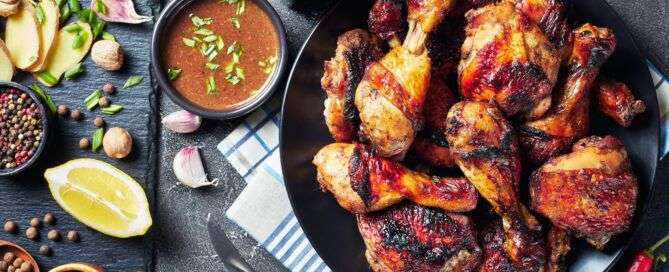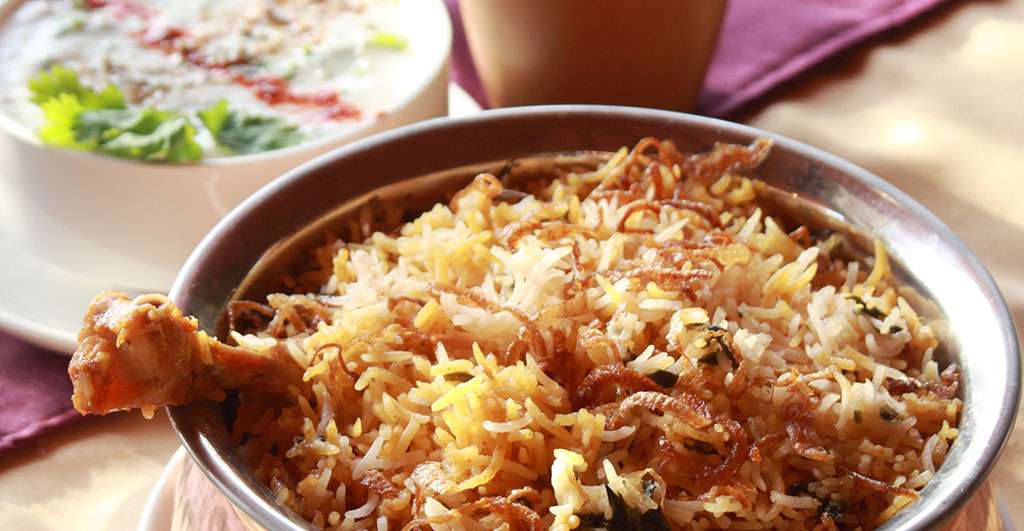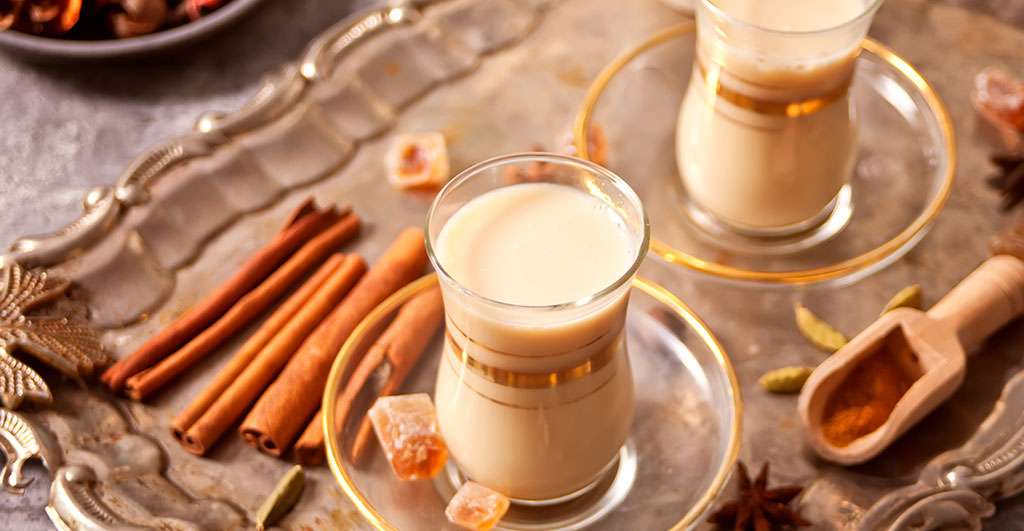Parsley Flakes – Australian Grown-15g
Out of stock
Product description
Parsley flakes are a versatile and popular rich forest green herb, and one of the most widely used herbs in Western cooking. It has a mild, refreshing, and sweet flavour that complements many dishes and combines well with other herbs. These are 100% Australian-grown Parsley Flakes that are harvested at their peak and sun-dried to lock in their flavour and aroma. Australian-grown Parsley Flakes are grown, harvested, dried, and processed all on home soil.
Flavour Notes:
Parsley flakes are a versatile and popular rich forest green herb, and one of the most widely used herbs in Western cooking. It has a mild, refreshing, and sweet flavour that complements many dishes and combines well with other herbs.
Culinary Notes:
One of the world’s most popular, well-known herbs, Parsley adds a subtle herby, fresh sweetness to so many dishes. Pasta, soups, stews, curries, salads, and especially seafood, this ultra-versatile herb adds freshness to just about anything!
Health Benefits:
Parsley is a rich source of anti-oxidant nutrients and includes vitamin A, vitamin C vitamin E, iron, and calcium.
Ingredients:
100% dried Australian Parsley Flakes
How to use
Recipe/product links:
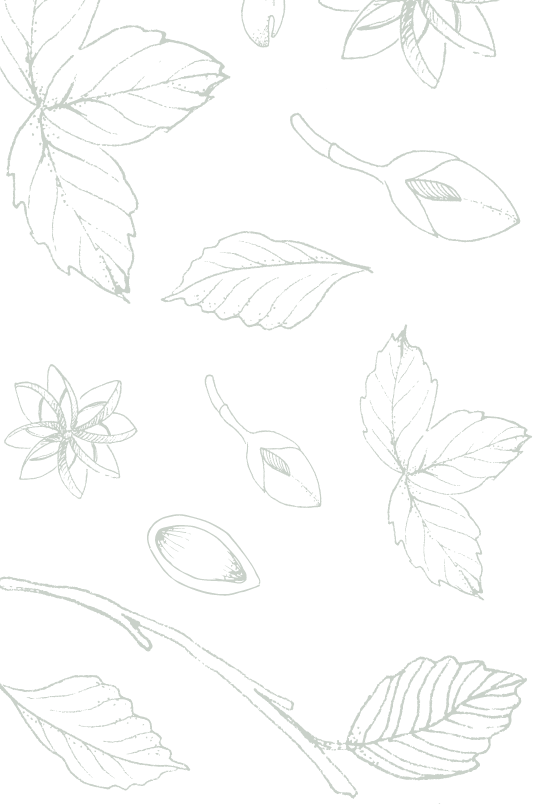
The Spice People FAQs


The Spice People FAQs
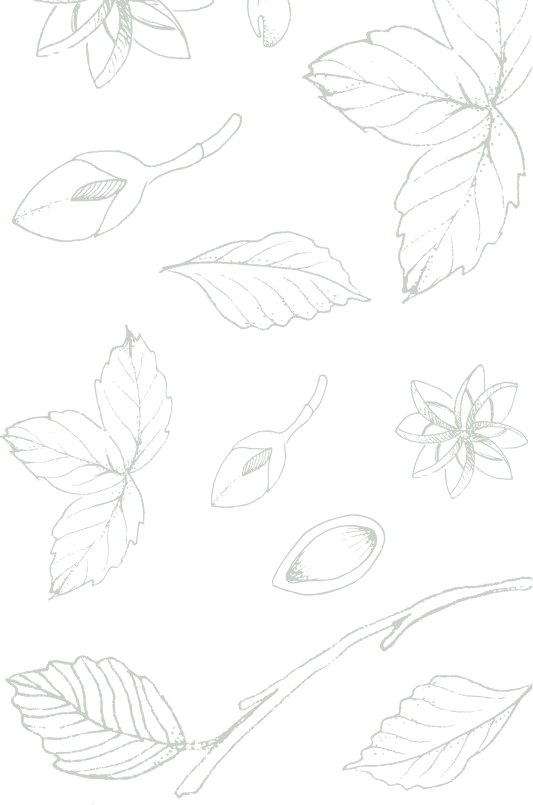
Other Spices you may like
Featured in



Join the Spice People to Get Started on Your Culinary Spice Journey!
Be the first to hear about our exclusive promotions, new product releases, recipes and more.



